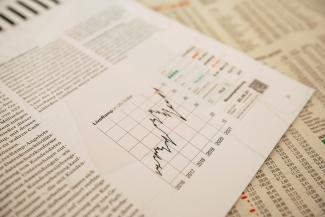
Just in case you need yet another reason not to time the markets...
August 15, 2021
Over the years, we’ve written frequently about the potential perils of trying to time markets. Often, we refer to the need to make two critical decisions, both at precisely the right time: when to sell and when to re-buy. Both decisions are equally important, and erring on either (or both) can be costly. A new study adds yet another reason, which might be surprising to learn: moving in and out of stocks actually adds volatility to a portfolio.
As noted in The Wall Street Journal1, “Researchers have amassed plenty of persuasive evidence in recent years showing that market timing – or moving in and out of stocks based on where you think the market is headed – often leads to lower returns.”
“Although active investors tend to ‘chase stability’ – they are trying to minimize volatility by market timing – they end up doing the exact opposite…as they invest in stocks after past volatility is low and before future volatility is high.” In fact, the current research finds “the volatility of the actual investor experience is nearly 50% higher than the corresponding volatility of stock returns.” And volatility increases over time. “…a typical investor with a 30-year time horizon experiences a 71% increase in volatility, at least relative to those who just buy and hold investments.”
Armed with this information, it’s natural to ask why investors continue to try to time the market? “Researchers who have explored this question suggest that some investors – particularly men – are convinced the results don’t apply to them. Others simply enjoy playing the market; trying to pick winners is more fun than sticking with long-term investments….” That sounds a lot like a mentality similar to gamblers in a casino, who all believe they’re smart enough, or lucky enough, to beat the house. And we all know how that usually ends.
When we talk about patience in investing and the benefits of periodic rebalancing, we do so because of research (like the aforementioned) that supports those methods as one of the most reliable ways to grow a portfolio over time.

